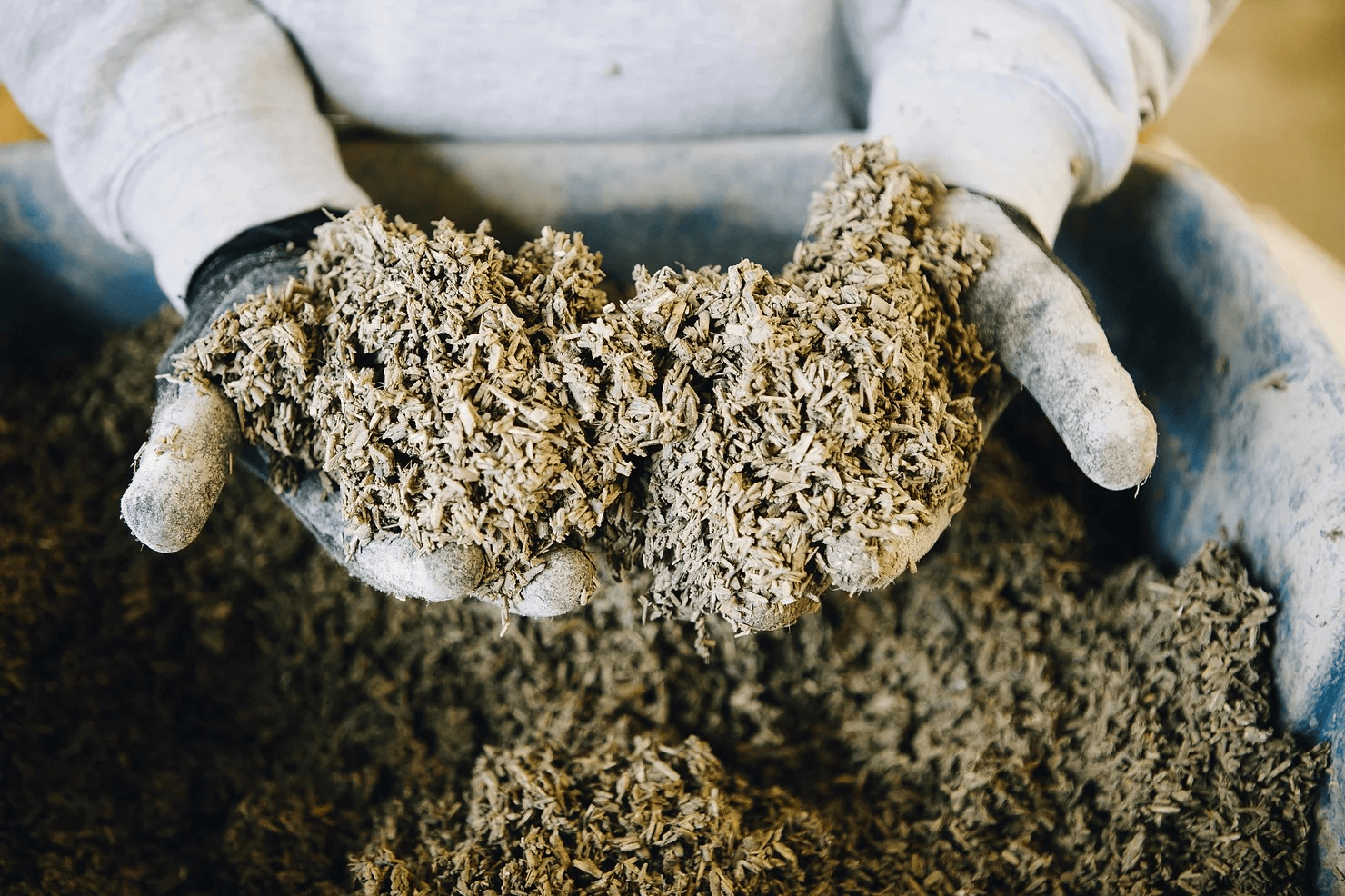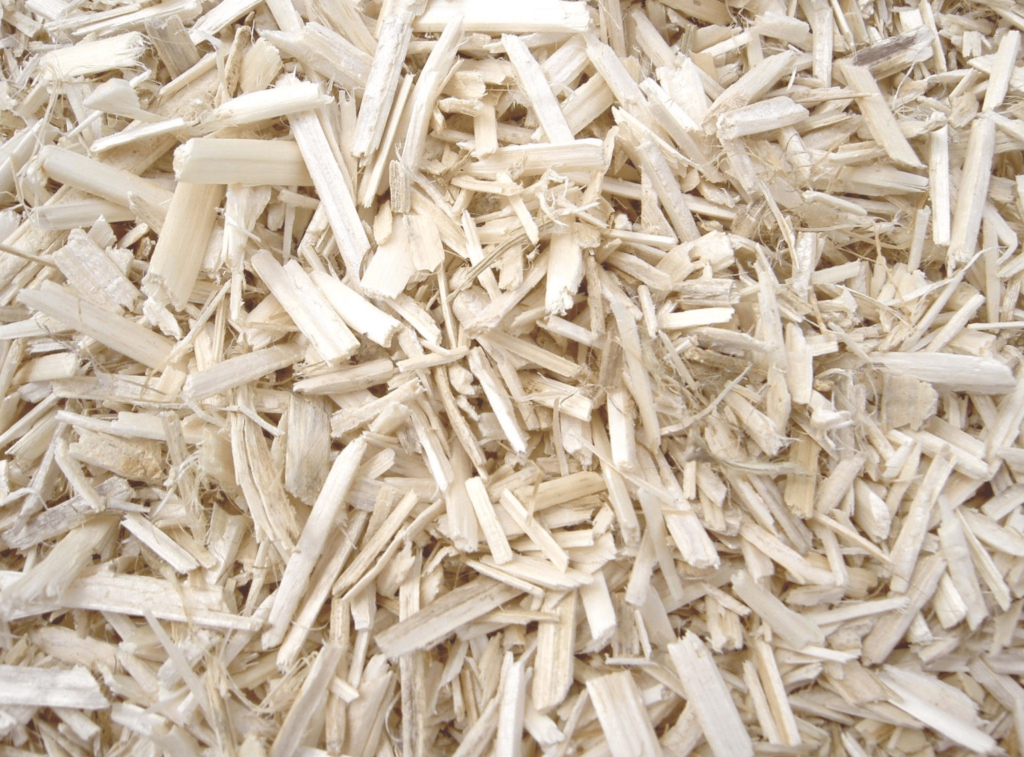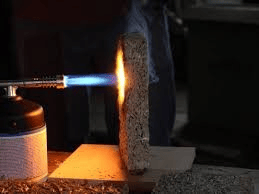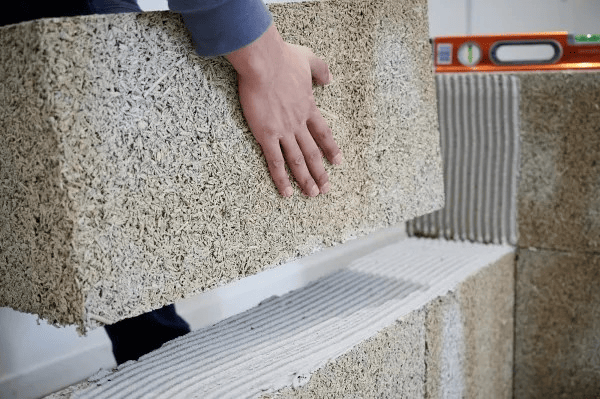Physical Address
304 North Cardinal St.
Dorchester Center, MA 02124
Physical Address
304 North Cardinal St.
Dorchester Center, MA 02124

In a world facing environmental crises or so they say 😉 and skyrocketing housing costs, finding sustainable and affordable construction materials has never been more urgent. Enter hempcrete: a revolutionary material made from the humble hemp plant that promises not only to reduce our carbon footprint but also to empower individuals to build sustainable, fire-resistant, and affordable structures.
This blog delves deep into hempcrete—what it is, why it’s so effective, and how it’s changing the game for eco-friendly construction. Spoiler alert: it might just be the green building material of the future.
Hempcrete is a bio-composite material made from the woody core of the industrial hemp plant (called the shiv or hurd), mixed with a lime-based binder and water. When combined, these components create a lightweight, versatile material that can be used in construction for walls, insulation, and even flooring.
Unlike concrete, hempcrete isn’t load-bearing, so it requires a structural framework (usually wood or steel). However, its benefits far outweigh this limitation, making it an ideal choice for those seeking sustainable building options.

Hempcrete is one of the most sustainable building materials available today. Industrial hemp is a rapidly renewable resource that grows in just 3-4 months and requires minimal water, pesticides, and herbicides. Even better, the plant absorbs significant amounts of CO₂ during its growth cycle, making it a carbon-negative material.
Once cured, hempcrete continues to absorb CO₂ from the atmosphere due to the lime binder’s carbonation process, further reducing its environmental impact.
One of hempcrete’s standout qualities is its excellent fire resistance. Unlike traditional construction materials, which can burn rapidly or release toxic fumes, hempcrete has been shown to withstand fire for extended periods without compromising structural integrity.
This makes it an appealing option for areas prone to wildfires or for homeowners seeking additional safety measures.

Hempcrete offers excellent insulation properties, keeping homes warm in winter and cool in summer. Its thermal mass helps regulate indoor temperatures, reducing the need for artificial heating and cooling systems.
Additionally, hempcrete’s dense structure provides superb acoustic insulation, creating quieter living spaces—a bonus for urban dwellers or those near noisy environments.
Hempcrete is surprisingly lightweight, making it easier to work with than traditional concrete. Its low density doesn’t sacrifice durability; hempcrete can last for decades when properly maintained.
This lightweight property also reduces transportation costs and emissions, as hempcrete is less demanding on shipping infrastructure compared to heavier materials like concrete or brick.

One of the most unique features of hempcrete is its breathability. It allows moisture to pass through the walls, regulating humidity levels and preventing condensation. This quality makes it naturally resistant to mold and mildew, a common issue in traditional construction.
The material’s breathability also contributes to healthier indoor air quality, benefiting those with allergies or respiratory conditions.
Hempcrete is not a replacement for concrete in all scenarios, but it does outshine traditional concrete in several key areas:
| Feature | Hempcrete | Traditional Concrete |
|---|---|---|
| Carbon Footprint | Carbon-negative | Carbon-intensive |
| Fire Resistance | High | Varies |
| Weight | Lightweight | Heavy |
| Insulation | Excellent thermal/acoustic | Poor without added materials |
| Breathability | High | Low |
Hempcrete can be sprayed or cast into molds to create insulating walls for homes. It’s particularly effective in energy-efficient passive houses.
Because of its breathability and lightweight nature, hempcrete is a popular choice for retrofitting older buildings, helping to improve insulation without adding unnecessary weight to the structure.
Hempcrete can also be used as an insulating layer for floors and roofs, further enhancing a building’s energy efficiency.
Its natural properties make hempcrete an excellent choice for storage buildings, particularly for sensitive products like grain that require temperature and humidity regulation.
Hempcrete is already making waves in countries like France, the UK, and the Netherlands, where sustainable building practices are more widespread. In the US, its popularity is growing as restrictions on industrial hemp continue to loosen, allowing more builders to experiment with this versatile material.

The upfront cost of hempcrete may be slightly higher than traditional materials, primarily because industrial hemp production is still catching up to demand. However, the long-term savings on energy bills, maintenance, and repairs more than compensate for the initial investment.
As industrial hemp becomes more mainstream, these costs are expected to decrease, making hempcrete even more accessible to the average homeowner.
If you’re interested in learning how to design and build with hempcrete, [The Hempcrete Book: Designing and Building with Hemp-Lime (Sustainable Building)] is an excellent resource. This comprehensive guide covers everything from sourcing materials to constructing your dream eco-friendly home. Click here to purchase the book.
Hempcrete isn’t just a building material; it’s a step toward environmental and personal freedom. By choosing sustainable options like hempcrete, we take control of our homes, reduce reliance on exploitative industries, and contribute to a healthier planet.
Speaking of freedom, discover how cannabis is more than just a plant—it’s a catalyst for change. In our blog post High on Liberty: How Cannabis Unlocks Minds and Defies Oppression, we explore the transformative power of cannabis to challenge societal norms, promote self-awareness, and inspire collective action. Learn how embracing this natural remedy not only enhances personal liberation but also contributes to a larger fight against systemic oppression. Don’t miss this deep dive into the intersection of cannabis and freedom!
Hempcrete represents a revolution in sustainable living. It’s not just about building homes; it’s about creating a future that prioritizes the planet, health, and freedom. From its fire resistance to its thermal properties, hempcrete proves that nature often provides the best solutions to our modern challenges.